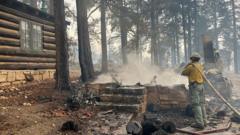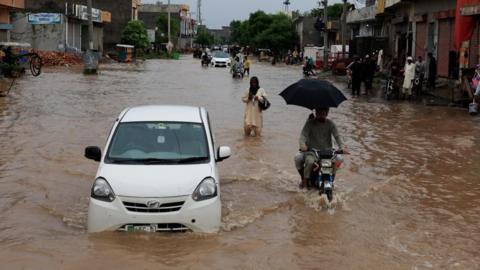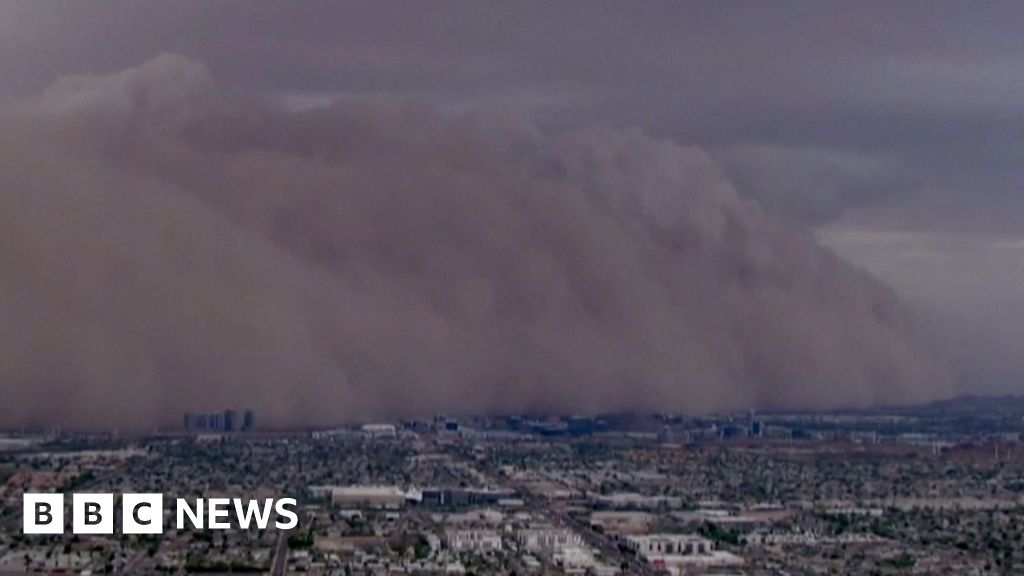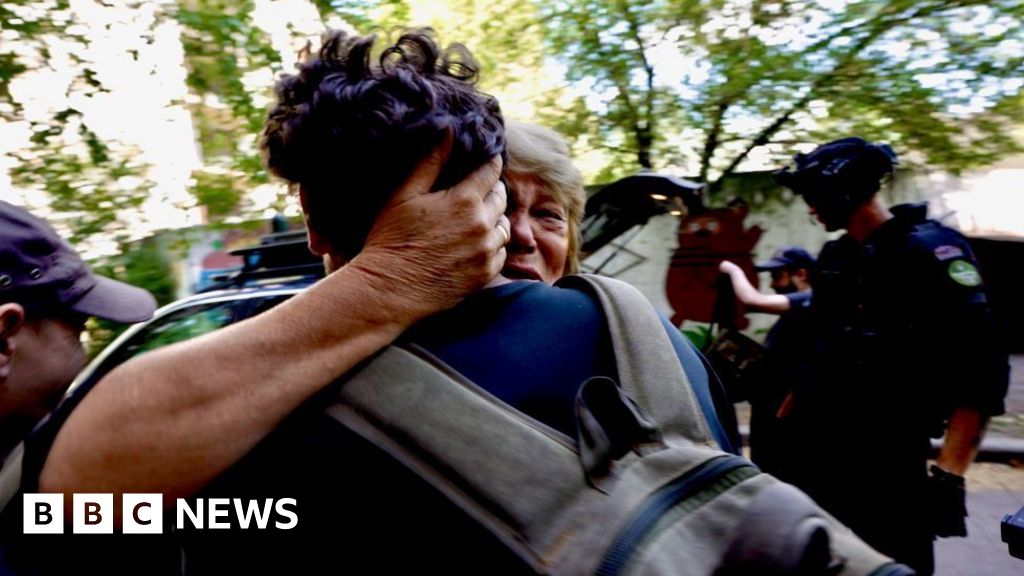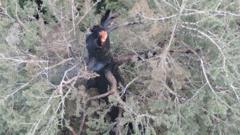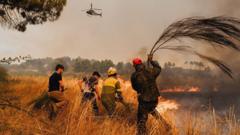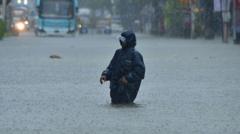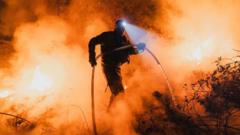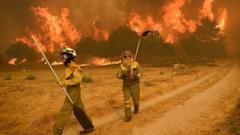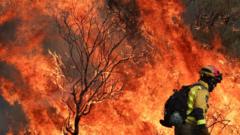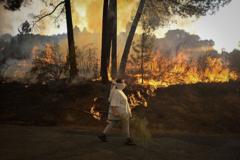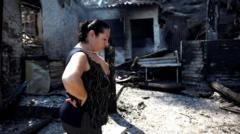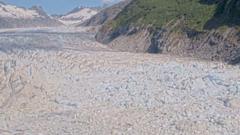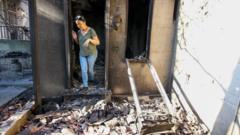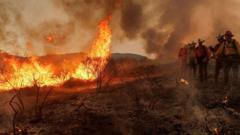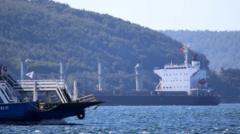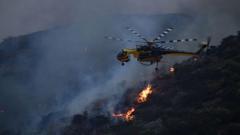At an altitude of approximately 8,000 feet (2,438 meters), the Grand Canyon Lodge had been serving the public since the 1930s, featuring dining options, a gift shop, and a post office. In a heartfelt statement, Aramark, the lodge's operating company, expressed its sorrow over the loss, emphasizing their relief at the successful evacuation of all employees and guests.
Although no injuries have been reported so far, the National Park Service (NPS) has indicated that the Dragon Bravo Fire has led to the destruction of 50 to 80 buildings, which include critical administrative and visitor facilities. Furthermore, some firefighters had to evacuate due to a chlorine leak from a water treatment facility, a situation exacerbated by high winds reaching up to 40 mph (64 km/h).
The White Sage Fire, the second blazem, has additionally incinerated over 40,000 acres within the Kaibab National Forest, necessitating the evacuation of hundreds of residents. Both fires are believed to have been ignited by lightning strikes, as confirmed by park service authorities.
The Grand Canyon remains a popular destination, with nearly five million visitors in 2024, although the South Rim currently remains accessible.
Although no injuries have been reported so far, the National Park Service (NPS) has indicated that the Dragon Bravo Fire has led to the destruction of 50 to 80 buildings, which include critical administrative and visitor facilities. Furthermore, some firefighters had to evacuate due to a chlorine leak from a water treatment facility, a situation exacerbated by high winds reaching up to 40 mph (64 km/h).
The White Sage Fire, the second blazem, has additionally incinerated over 40,000 acres within the Kaibab National Forest, necessitating the evacuation of hundreds of residents. Both fires are believed to have been ignited by lightning strikes, as confirmed by park service authorities.
The Grand Canyon remains a popular destination, with nearly five million visitors in 2024, although the South Rim currently remains accessible.

